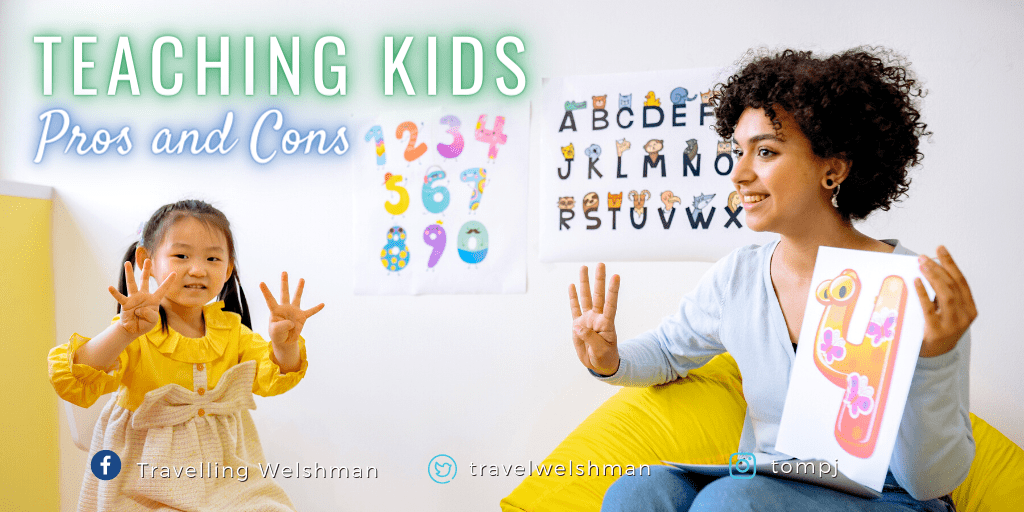Pros And Cons of Teaching Sign Language to Babies
Teaching sign language to babies is a popular trend among new parents. Many believe it can help with early communication skills.
Sign language for babies is a fascinating topic. It promises many benefits but also has some drawbacks. This method allows babies to express their needs before they can speak. Parents often find it helpful in reducing frustration for both themselves and their little ones.
But, there are concerns too. Some worry it might delay verbal speech development. Others feel unsure about learning and teaching a new language. Understanding both the pros and cons can help parents make an informed decision. This blog post will explore the advantages and disadvantages of teaching sign language to babies. Let’s dive in and see if it’s the right choice for your family.
Benefits Of Early Communication
Teaching sign language to babies can improve bonding between parents and children. Babies can express their needs before they can speak. This creates a stronger connection and builds trust. Parents feel more connected and understand their baby better.
Babies get less frustrated when they can communicate their needs. They can sign for food or ask for help. Parents can respond quickly and reduce crying. This leads to a happier baby and a happier home. Both parents and babies feel less stress.

Credit: en.wikipedia.org
Cognitive Development
Babies can learn sign language before they can speak. This helps them express their needs early. They may learn to communicate faster. Sign language can also enhance their spoken language skills. Babies who sign tend to have larger vocabularies. They understand words better too.
Using sign language can improve memory. Babies need to remember signs. This helps them develop better memory skills. Signing also engages their brains more. They use their hands and minds together. This makes learning fun and effective.
Emotional Growth
Babies who learn sign language feel more confident. They can communicate their needs easily. This reduces their frustration. Parents understand them better. This builds trust between them. Confidence grows as they get understood. They feel happy and secure.
Sign language helps babies express their feelings. They can show love, joy, or even sadness. This helps parents respond better. Babies learn how to show emotions. Their emotional world becomes richer. Parents and babies bond more deeply.

Credit: www.canr.msu.edu
Social Interaction
Teaching babies sign language can help them communicate with friends. They can use signs to share thoughts and needs. It helps them express themselves even if they can’t talk yet. Babies who use signs can play and interact better with others. This leads to stronger friendships and less frustration.
Sign language promotes inclusivity among babies. It helps them connect with deaf or hard-of-hearing peers. Babies can learn to be more understanding and accepting of differences. This early exposure to diversity is very valuable. It helps build a more inclusive and tolerant society.
Potential Challenges
Teaching sign language needs time and patience. Parents must stay consistent for the best results. It can be hard with busy schedules. Some parents might give up too soon. Learning a new skill can be tough.
Consistency is key in teaching. Without it, babies might get confused. They need regular practice to learn. Everyone involved should use the same signs. This includes parents, siblings, and caregivers. Mixed signals can slow down progress. Stick with the same signs for best outcomes.
Impact On Verbal Skills
Teaching sign language can help babies communicate early. Babies can express needs before speaking. This may reduce frustration. Some parents worry about speech delays. Studies show no harm to speech development. Many children sign and speak at the same time. It can boost their confidence. They learn to use words after signs.
Some parents fear language delays. They think signing will slow speech. Experts say this is not true. Sign language can support language skills. Babies understand words better. They get more practice communicating. This helps their overall development. Kids who sign may speak sooner. They can learn both sign and spoken words.
Misunderstandings And Miscommunication
Babies might make incorrect signs at times. This can cause confusion. Parents might not understand what the baby wants. It can be frustrating for both the baby and the parents. Parents need to be patient and try to understand the baby. Over time, the baby will learn the correct signs.
Babies sometimes give mixed signals. They might use a sign for one thing and later use it for something else. This can lead to misunderstandings. Parents might think the baby wants one thing, but the baby wants something different. Watching the baby’s body language can help parents understand better. Parents should also repeat the correct signs often.
Resources And Tools
Many books and videos help teach sign language. These materials are easy to find. Libraries have many of these resources. Some websites offer free lessons. YouTube has helpful videos too. Parents can learn with their babies. Learning together makes it fun. Flashcards can be useful tools. They show pictures with signs. Some apps also teach sign language. These tools help kids learn fast.
Support groups help parents. They share tips and experiences. Parents feel less alone. Some groups meet in person. Others meet online. These groups can be local or global. Many groups have experienced teachers. They answer questions and give advice. Parents can make friends in these groups. Sharing struggles and wins can be comforting. Some groups even have playdates for kids.

Credit: en.wikipedia.org
Frequently Asked Questions
What Are The Benefits Of Teaching Babies Sign Language?
Teaching babies sign language can enhance communication before they can speak. It reduces frustration, boosts cognitive development, and strengthens parent-child bonds.
At What Age Should I Start Teaching Sign Language?
You can start teaching sign language to babies as early as six months. Consistent practice will help them learn and understand signs quickly.
Does Sign Language Delay Speech Development?
No, sign language does not delay speech development. In fact, it can promote earlier verbal communication and improve overall language skills.
How Can I Effectively Teach My Baby Sign Language?
Use simple, consistent gestures for common words. Repeat them during daily routines and encourage your baby to mimic the signs.
Conclusion
Teaching sign language to babies has its pros and cons. It can help babies communicate early and reduce frustration. Parents may bond more with their child. However, it requires time and patience. Some worry it might delay speech, but research shows otherwise.
Each family must decide what’s best for them. Weigh the benefits and challenges carefully. Happy parenting!
